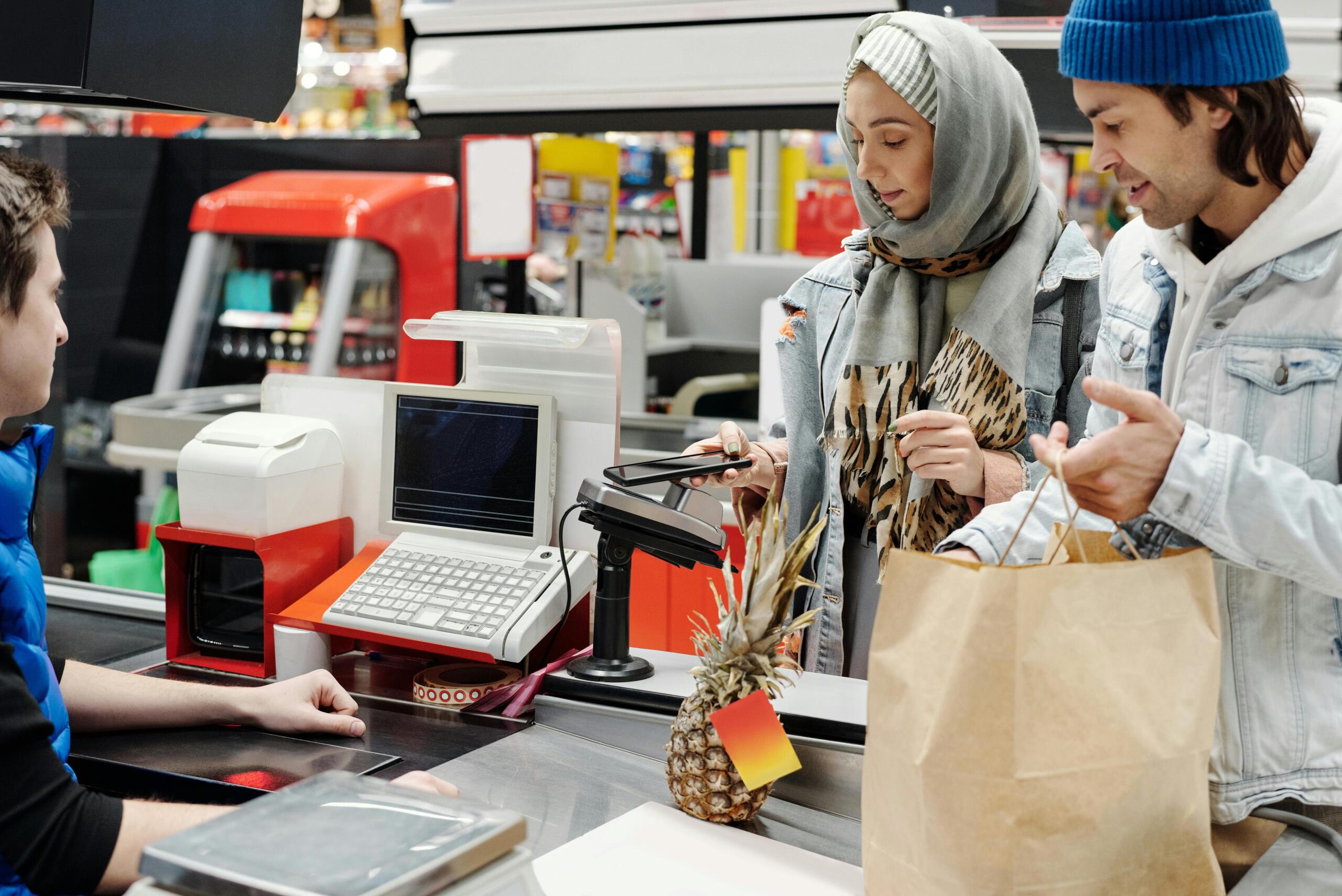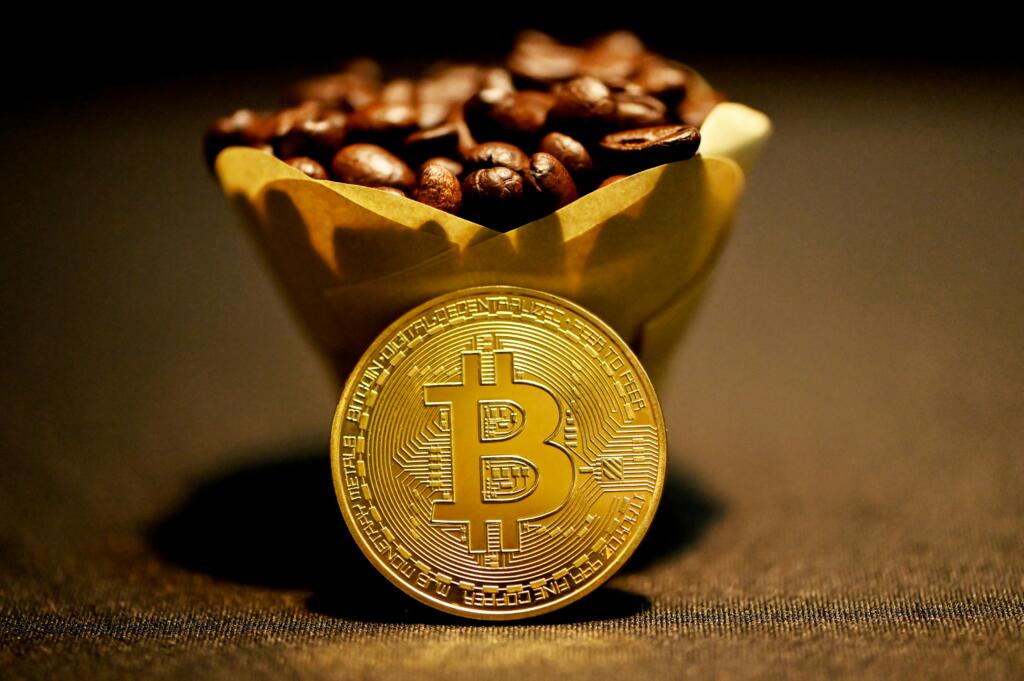Picture this: You’re in Seoul’s trendy Gangnam district, standing in line at your favorite coffee shop. The person ahead of you pulls out their phone and says, “I’ll pay with Bitcoin.”
The barista scans the QR code. They wait. And wait. Five minutes pass. Ten minutes. The line behind you grows restless. Finally, after what feels like an eternity, the payment goes through—but not before the customer pays a $15 transaction fee for a $5 coffee.
Sound ridiculous? Welcome to Bitcoin’s dirty little secret.
The Promise vs. Reality
When Bitcoin was introduced, the vision was clear: “A peer-to-peer electronic cash system.” Digital money that could flow freely across borders without banks, governments, or middlemen taking their cut.
But somewhere between that beautiful vision and reality, we hit a speed bump. Actually, more like a massive roadblock.
The numbers don’t lie:
- Bitcoin processes ~7 transactions per second
- Visa processes ~24,000 transactions per second
- Bitcoin transaction fees can spike to $50+ during busy periods
- Confirmation times range from 10 minutes to several hours
This isn’t a bug—it’s by design. Bitcoin prioritized security and decentralization over speed. Think of it like a bank vault: incredibly secure, but you wouldn’t want to visit it every time you need to buy lunch.
Real Stories from Real People
Sarah, a digital nomad in Bangkok, tried to pay for her co-working space membership with Bitcoin last year. The $100 payment took 2 hours to confirm and cost $25 in fees. “I could have just used my credit card,” she laughs now. “It would have been instant and free.”
Marcus, who runs a small electronics store in Singapore, experimented with accepting Bitcoin payments. “The first customer spent $200 on headphones. We waited 45 minutes for the payment to confirm while he stood in my shop. It was awkward for everyone.”
These aren’t isolated incidents—they’re the norm when using Bitcoin’s base layer for everyday transactions.

Why This Matters in Asia
Asia leads the world in digital payments. In China, mobile payments hit $41 trillion in 2023. South Korea’s digital payment volume reached $265 billion. Southeast Asian countries are rapidly moving toward cashless societies.
But here’s the kicker: most of these payments still rely on traditional banking rails. Money moves through SWIFT networks, correspondent banks, and payment processors—each taking their slice and adding delays.
For cross-border payments, the situation is even worse. A worker in the Philippines sending money home might lose 8-15% to fees and wait 3-5 days for settlement. In 2024, global remittance fees averaged 6.25%, but in many Asian corridors, they’re much higher.
The Bitcoin Paradox
Bitcoin was supposed to solve these problems. And technically, it can. Bitcoin doesn’t care about borders, bank hours, or bureaucracy. It’s programmable money that works 24/7/365.
But it’s slow. Expensive. Energy-intensive for small transactions. This creates what we call the “Bitcoin Paradox”: the very features that make Bitcoin revolutionary (security, decentralization, immutability) also make it impractical for everyday use.\
A Glimpse of the Solution
What if I told you there’s a way to keep all of Bitcoin’s benefits while making payments instant and virtually free?
What if that $5 coffee payment could settle in under a second for less than a penny in fees?
What if cross-border remittances could happen in real-time with no banks involved?
This isn’t science fiction. The technology exists today. It’s called Bitcoin Layer 2, and it’s quietly revolutionizing how we think about digital payments.
The Plot Twist
Remember our coffee shop story from the beginning? Here’s how it really ends in 2025:
The customer pulls out their phone, scans the QR code, and—beep—payment confirmed instantly. Total fee: $0.0001. The barista smiles, hands over the coffee, and the line keeps moving.
The customer walks out with their coffee, having just participated in the future of money.
Next week: We’ll dive into exactly how this magic works. Spoiler alert: it involves something called the Lightning Network, and it’s going to change everything.
Curious about how Bitcoin Layer 2 could transform your business? Stay tuned for Part 2, where we’ll explore the Lightning Network in simple terms.

